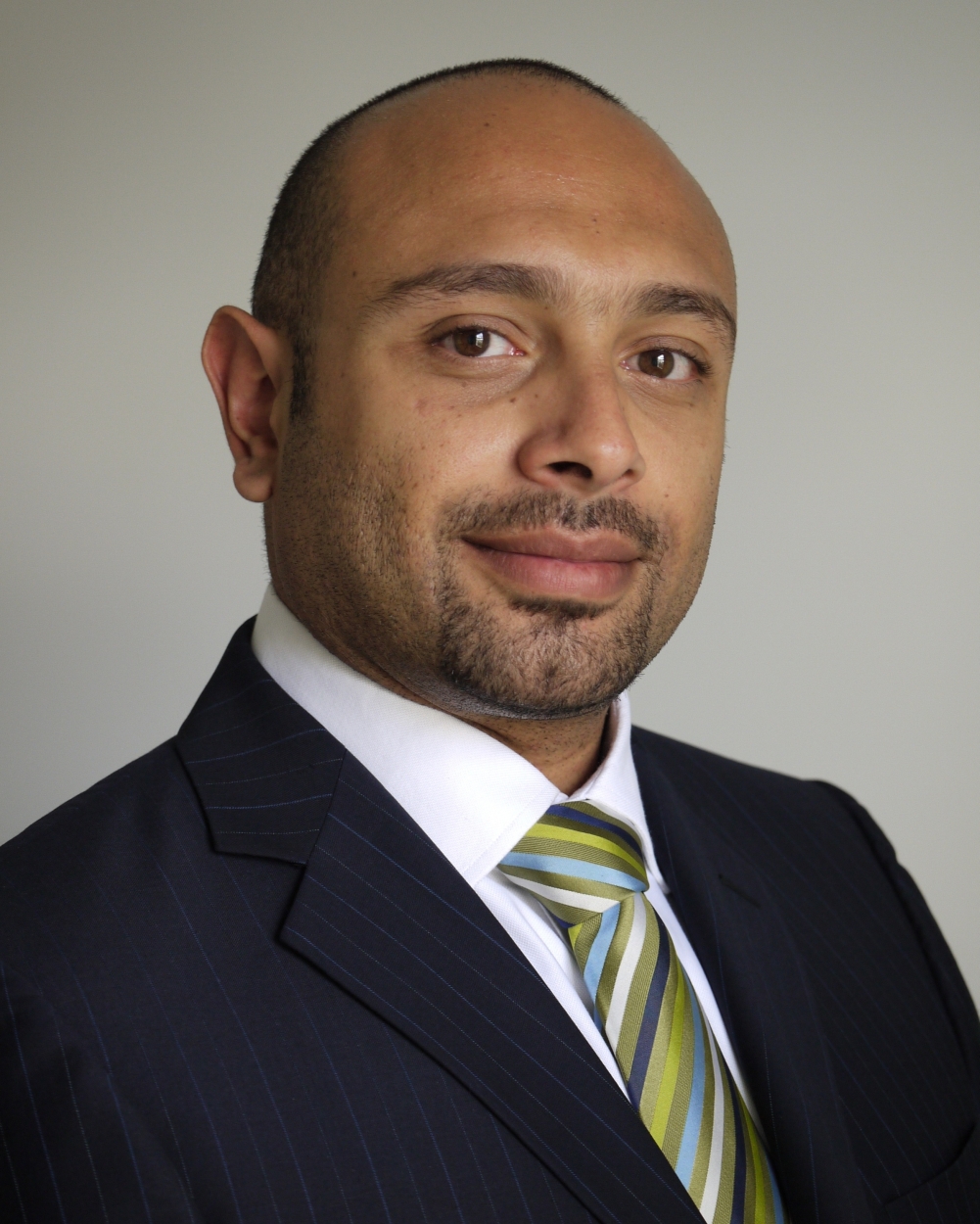A little bit of conflict between members of the C-suite is inevitable. When each member has different priorities and business objectives to the rest of the C-suite, it’s possible for this conflict to cause problems. Part of the tension is caused by a lack of consensus on business growth. According to recent research by Epicor, this misalignment of goals could lead to business problems if left unchecked. But if differing viewpoints are channelled positively, using technology and data to inform decision-making, suddenly ideas can foster growth and innovation rather than continue to be a source of conflict.
So what else could be contributing to conflict within the C-suite? One theory is that the CEO occupies a lonely position compared to the rest of the C-suite and has very little insight into the inner-workings of the internal departments within the business. CEOs tend to be more concerned with their “outward selves” – answering to stakeholders and explaining numbers to the board of directors.
Rob Morris, managing director and general manager of intellectual property at leadership consultancy firm YSC believes CEOs may feel the burden of growth more than other members of the C-suite. He refers to the CEO operating “like an island, despite the stereotypical image of a CEO projecting confidence and stability”. A recent study in Harvard Business Review examined how the burden of being responsible for tough business decisions can make a difference. It found that “93% of CEOs require more preparation for the role than they typically get” and are typically unready for the “loneliness and accountability that lies ahead”.
A variety of new technology roles could also be aggravating the tension within the C-suite. As a Wall Street Journal article reports, CIOs and CTOs are struggling to “differentiate their responsibilities”. The article goes on to say, “With so many roles, even other C-levels may not know where to turn to address a particular IT-related issue or problem. And the overlaps and conflicts may well lead to infighting”.
But while it is normal to have differing opinions and views – it is when these conflicts turn unhealthy and start becoming a strain on maintaining strong and healthy business operations that it becomes a problem. As Morris says, “conflict in a healthy team climate can lead to more effectiveness, but when the conflict remains hidden, confined to disagreements between only one or two key stakeholders, it can quickly become dysfunctional”.
So how can disagreements be turned into opportunities for innovation? Ideas and opinions can be shut down if they lack enough clear data to back them up. Having access to real-time information and insight can solve this. This means that key business discussions can be based on detailed metrics rather than simple “hunches” or gut-feelings. Senior business executives can then propose new ideas based on facts in front of them changing the conversation from perceived issues and problems to actionable steps designed to promote business growth.
As the Epicor research reveals, it is natural to have different ideas from other members in the senior team. But it is equally important to be aware that the battles should not be based on biased agendas that can only hinder business growth.
Some CEOs have already noted the positive impact the use of data can bring to ease the burden of managing business growth. The research, which questioned over 1,800 business leaders, revealed that 40% of CEOs agreed that access to information is of very significant importance to them, compared to 34% of CFOs, COOs and CIOs on average. Furthermore, 35% of CEOs agreed that having the right technology has made growth possible. Interestingly, one-in-ten blamed a lack of technology in hindering business growth.
“It’s essential to be able to interpret the data you have, and make good strategic judgements based on that data. But alignment of goals and information is key if the use of data is to be effective. Like rowers in a boat, C-suite members need to work together, if they are to make conflict a force for healthy business growth,” says Morris.
Still, whilst there are many benefits to using data to inform decision-making, challenges remain. A report has found that it’s possible for C-suite members to suffer from an “information overload” when the data cannot be used effectively, because there’s just too much of it and they lack the technology to make sense of it all. C-suite members must foster a culture of “collaboration and transparency”; using relevant information to build trust and tackle business challenges together.
The emergence of technology and the differing opinions within the C-suite are bound to crank up the tension amongst executives. But a failure to see the wider repercussions on the business can be disastrous. That does not mean differing opinions must be stunted. A healthy conflict based on data and facts can turn a tense situation into a positive experience for the business.
The journey from conflict to healthy debates must start with the provision of accurate and relevant data. So how do businesses achieve this?
If it’s important that C-level executives are exposed to the same information, in real time, the provision of up-to-date data via intelligent software becomes invaluable. The latest enterprise resource management systems (ERP), for example, can be accessed anywhere. So, whether it’s the CEO at a stakeholder meeting, or a COO discussing plans with teams, it is possible for them to base their business decisions on the same information. Once they are aligned in this way, they can discuss business priorities and concerns more effectively, changing the conversations in the boardroom and positively impacting the whole business.


